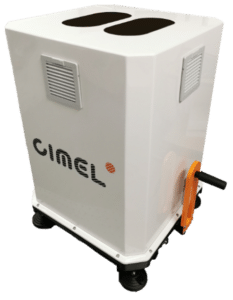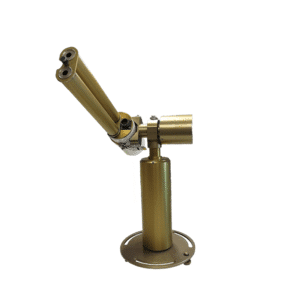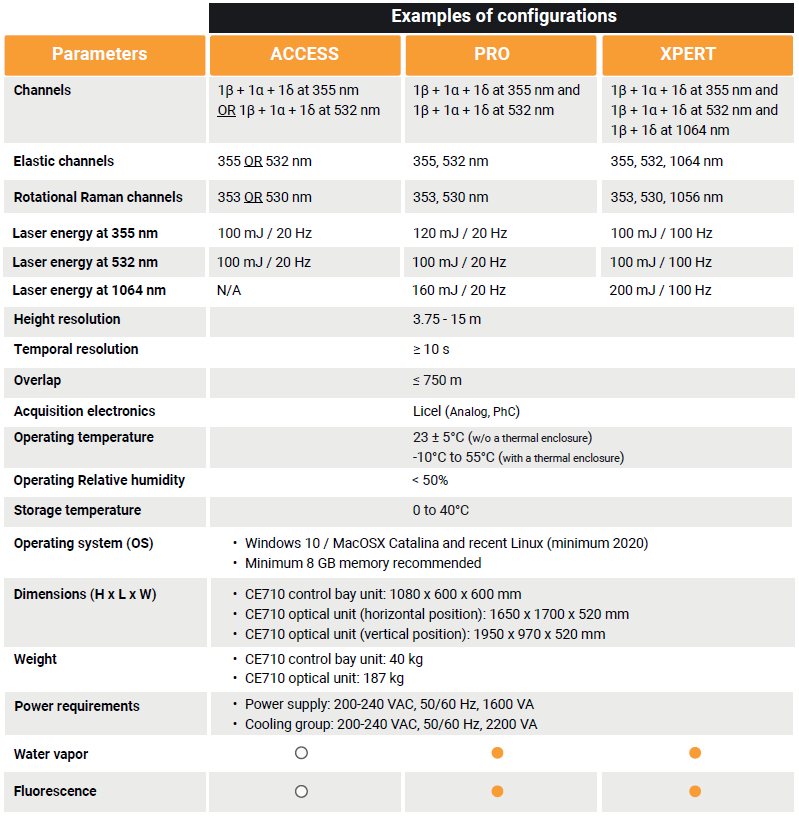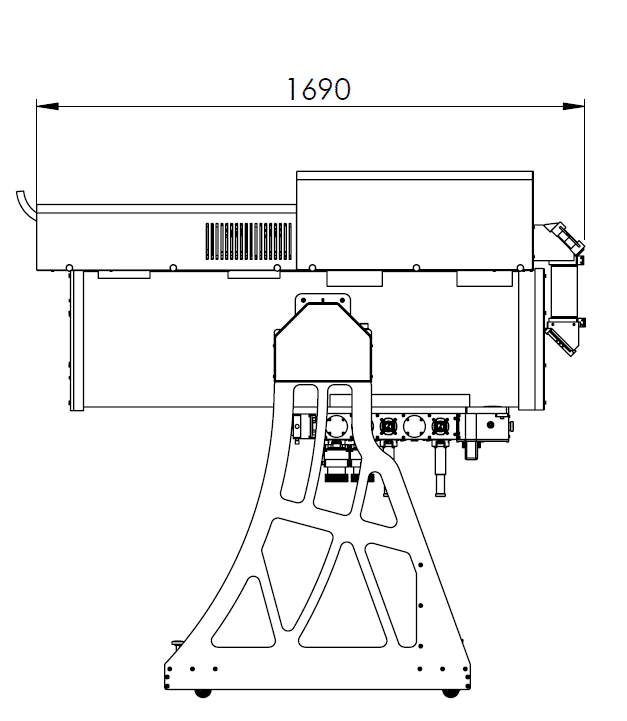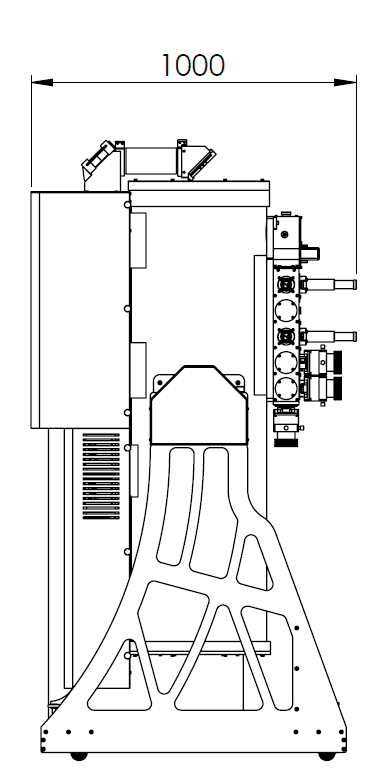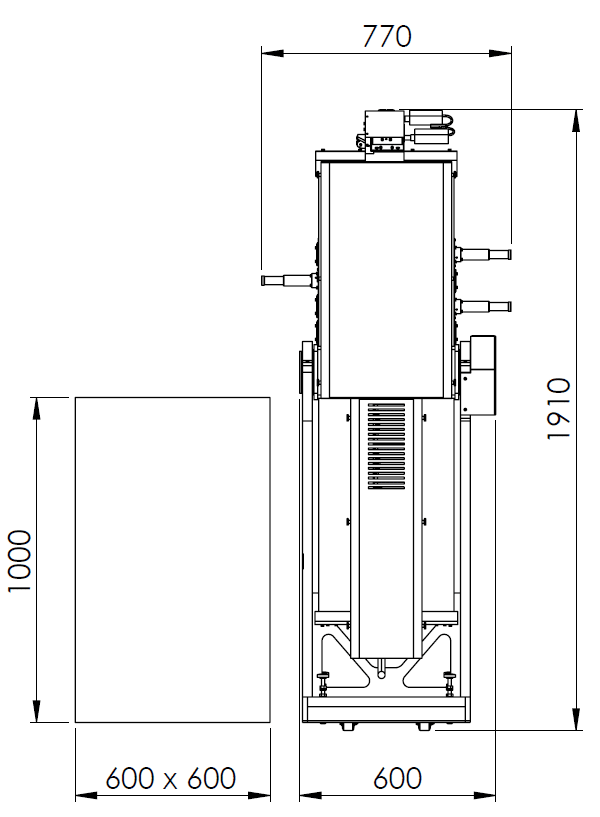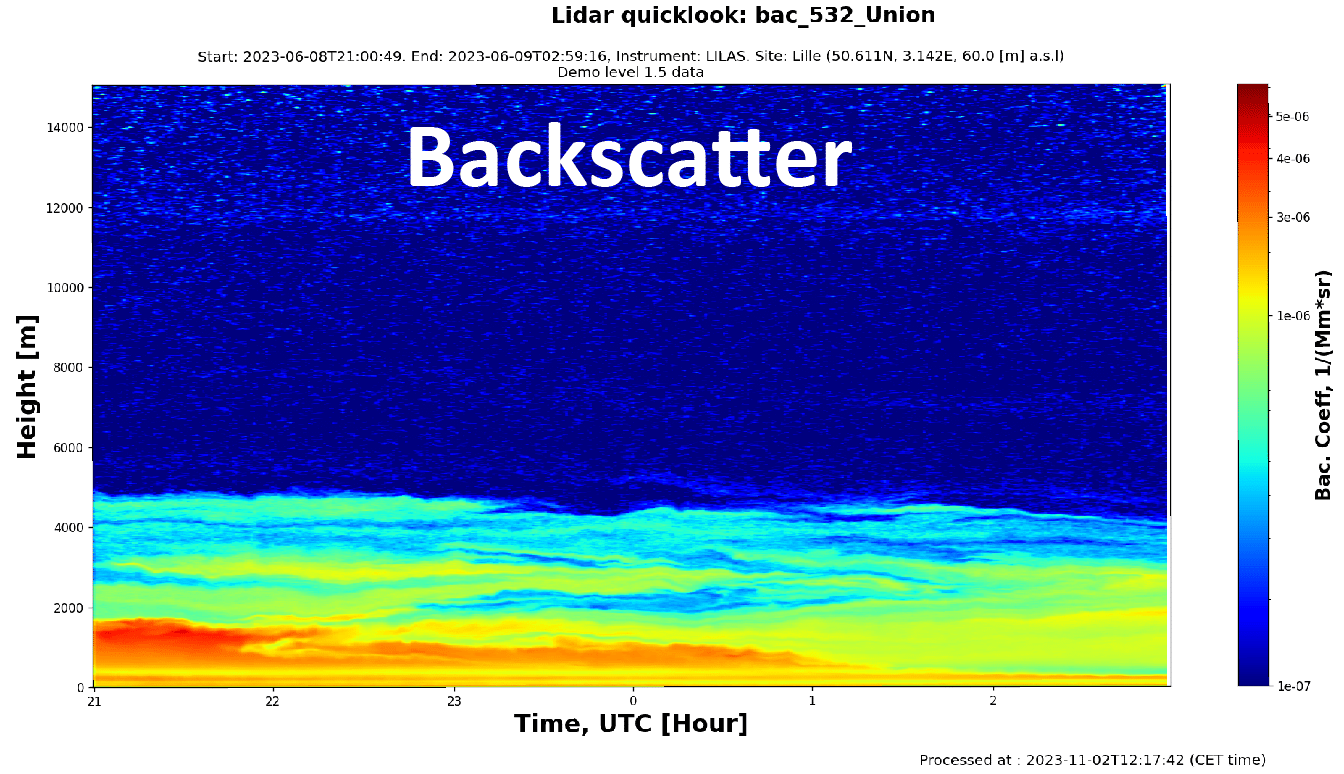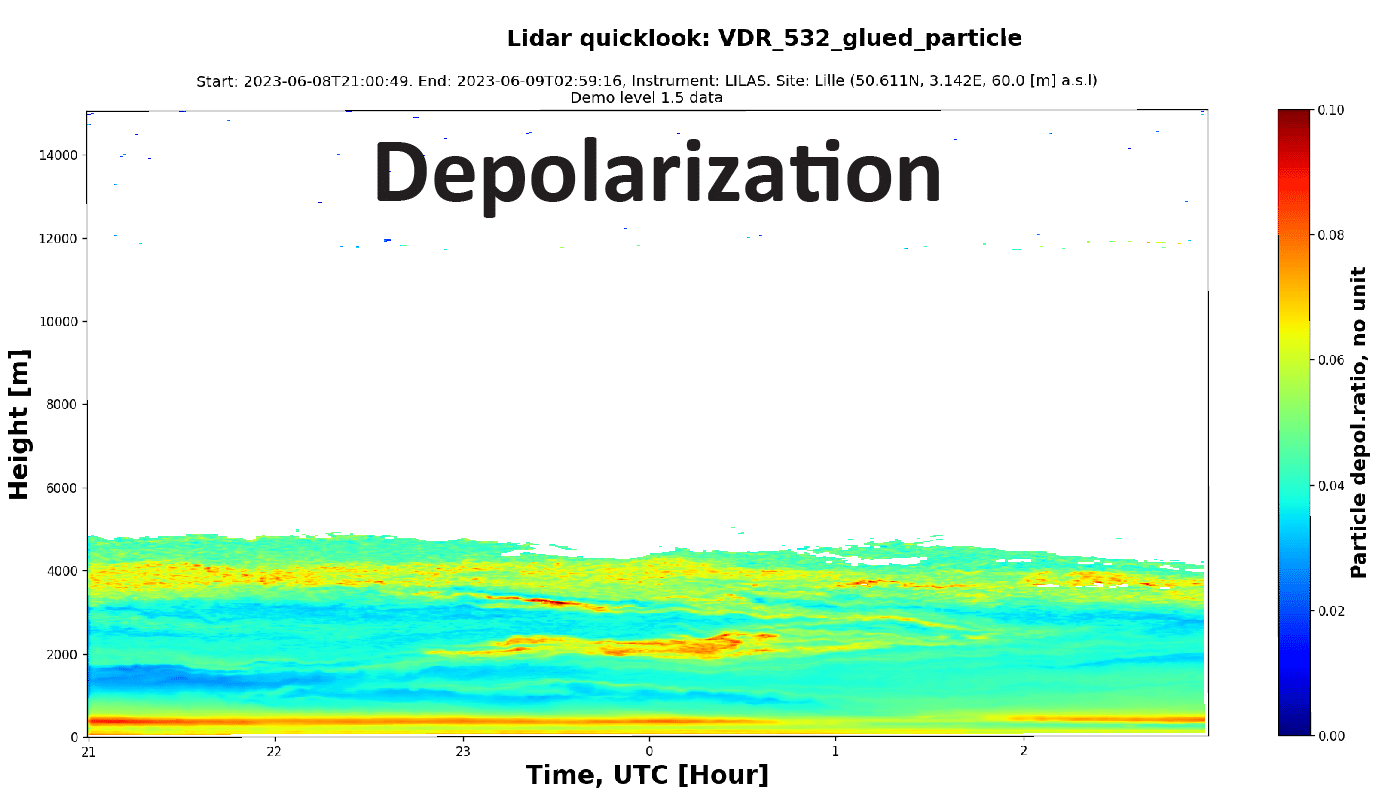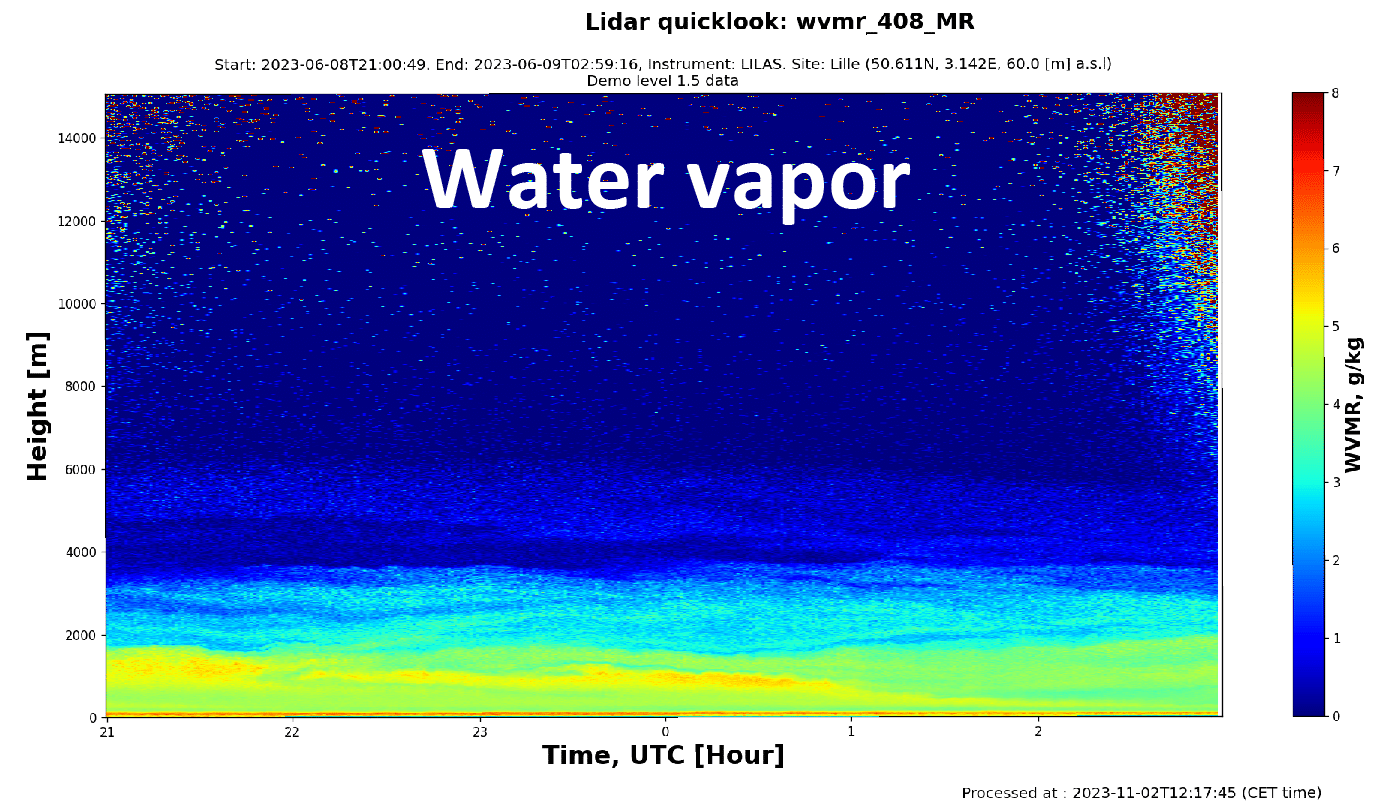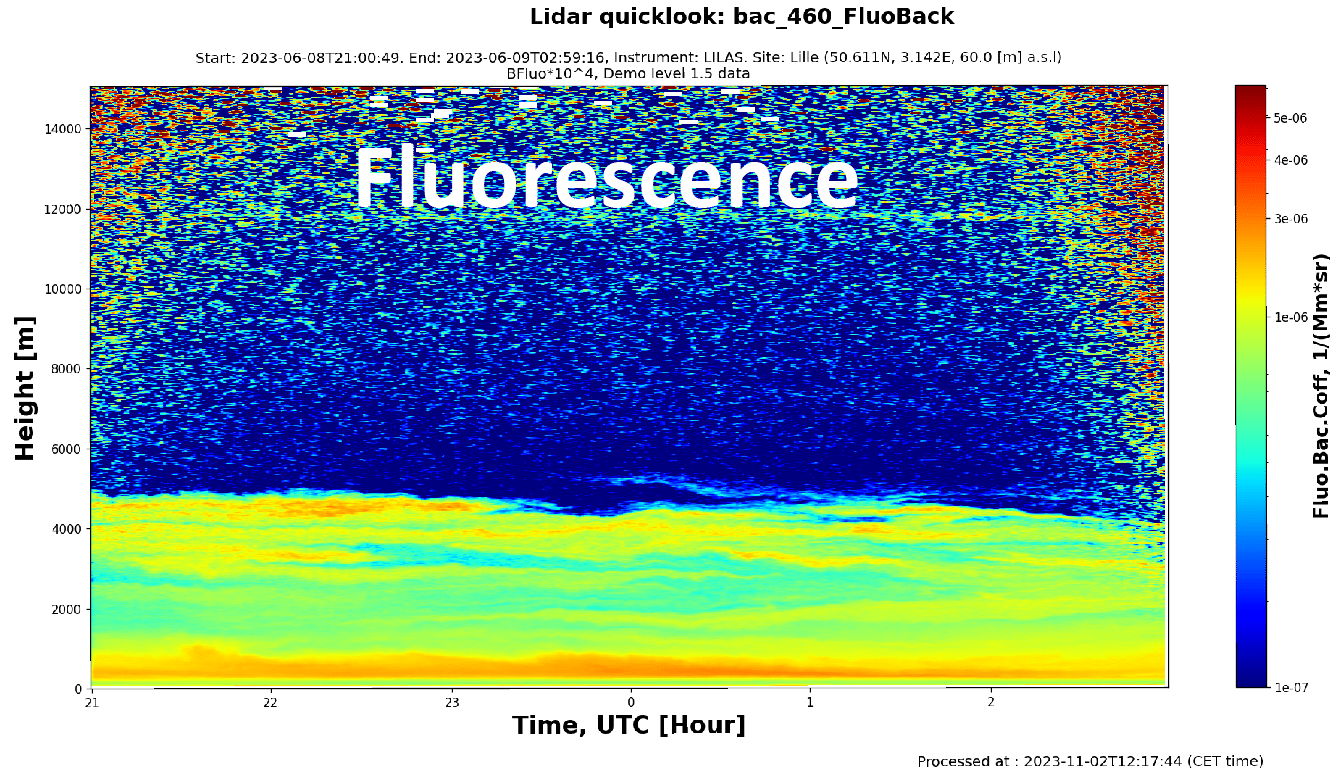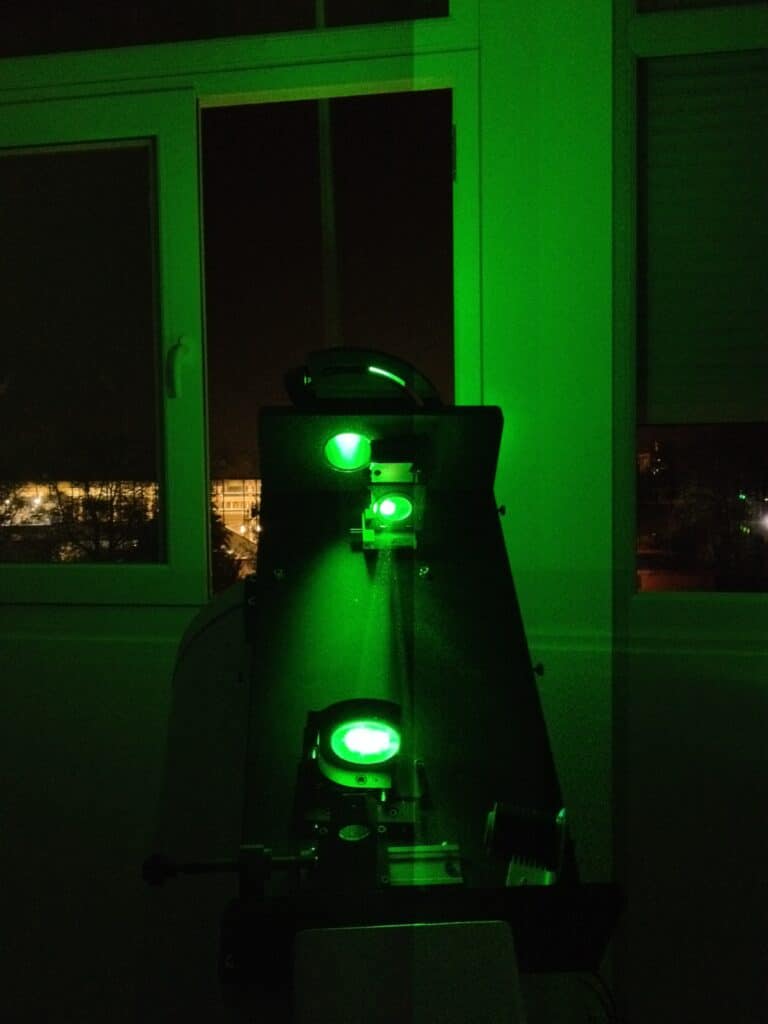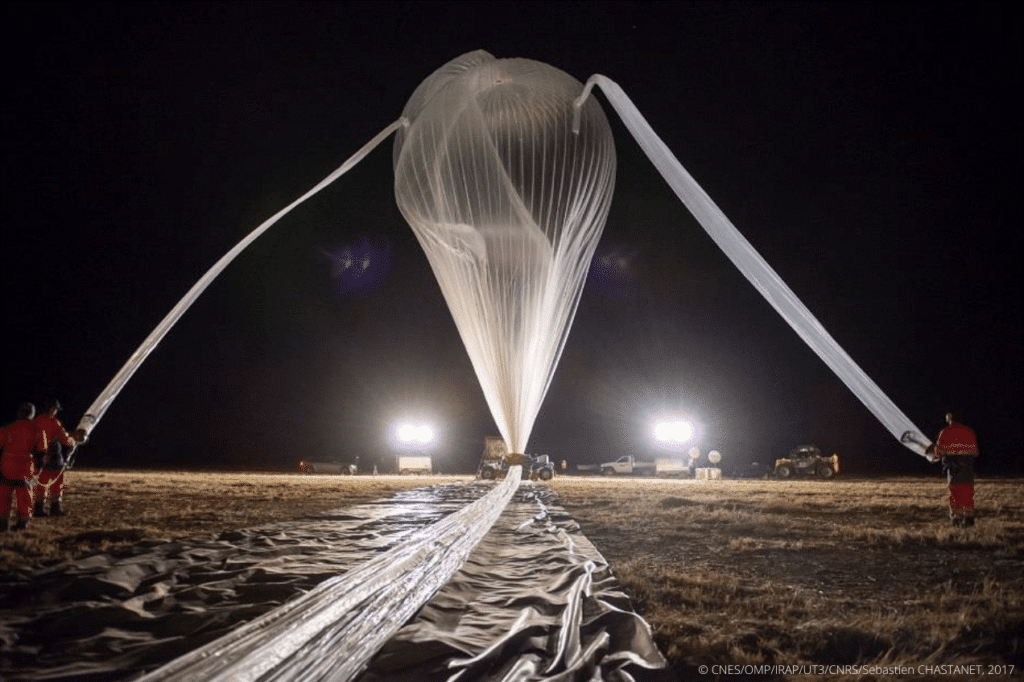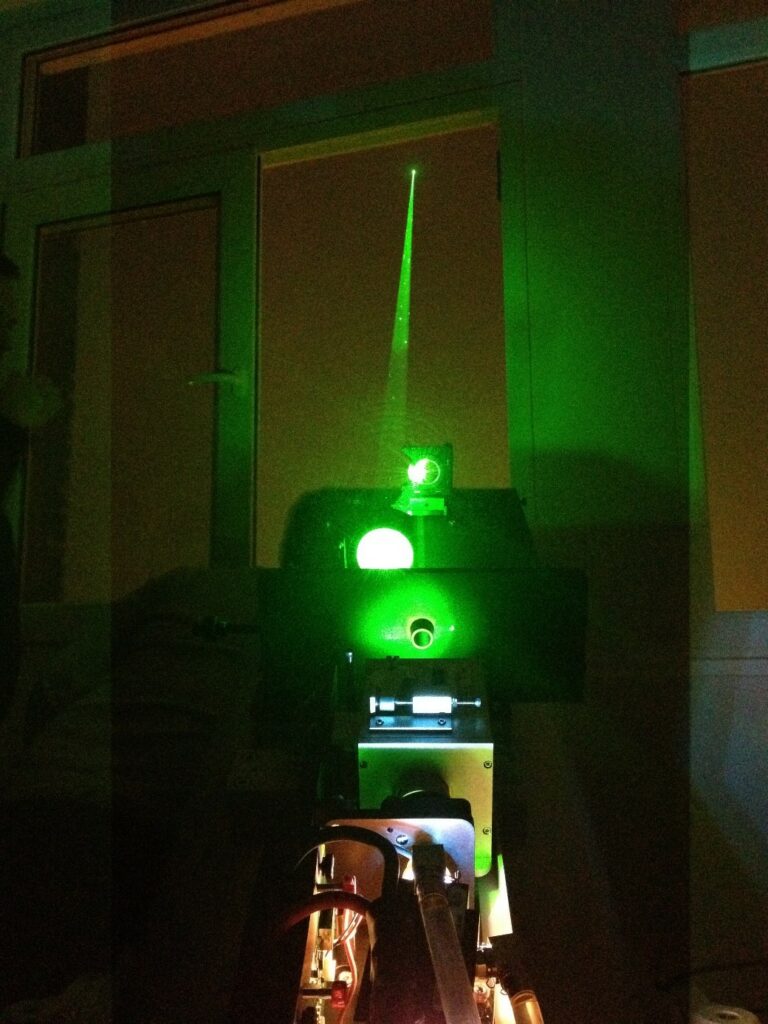CE710 - High-Power Mie-Raman Fluorescence LiDAR
CE710 High-Power Mie-Raman Fluorescence LiDAR
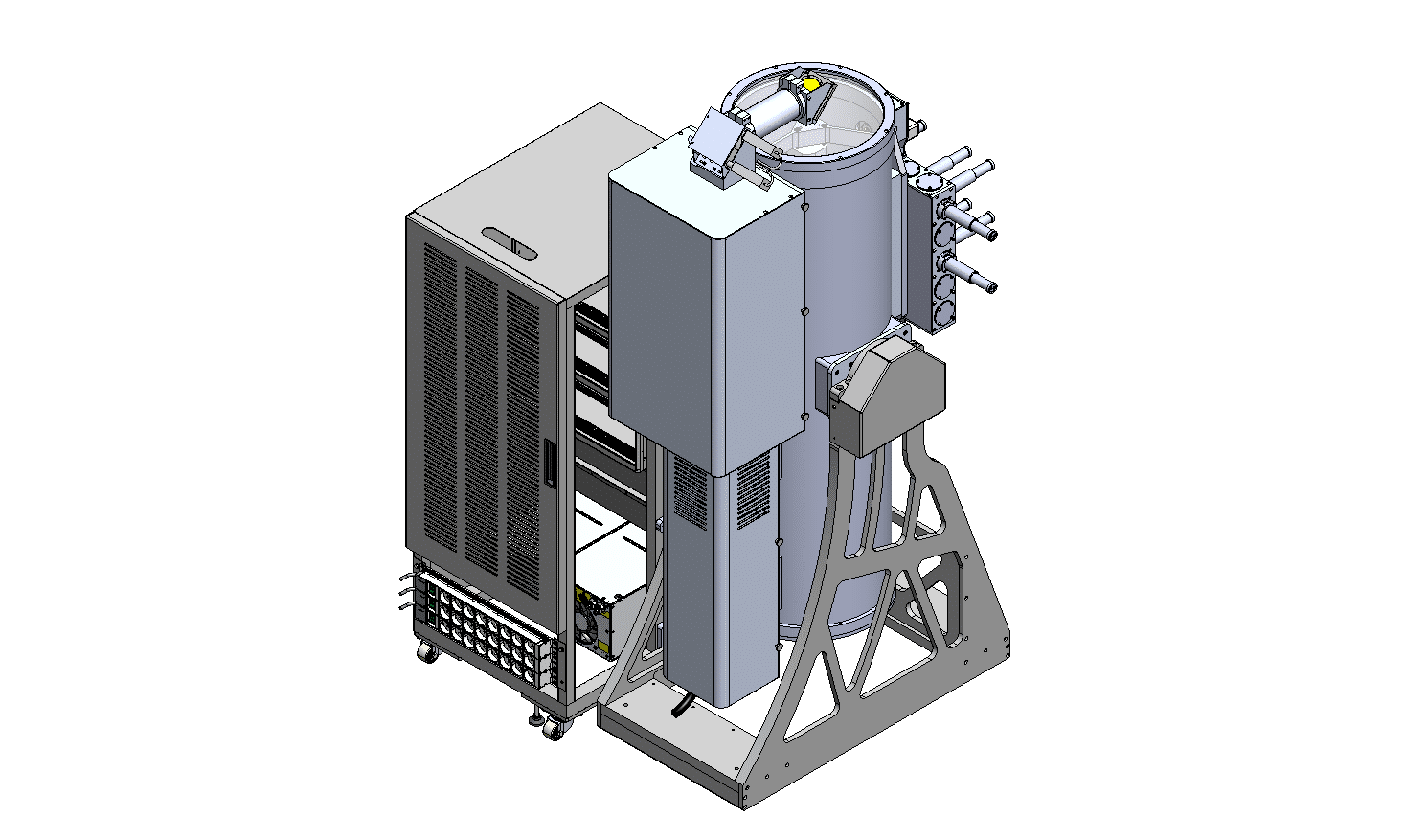
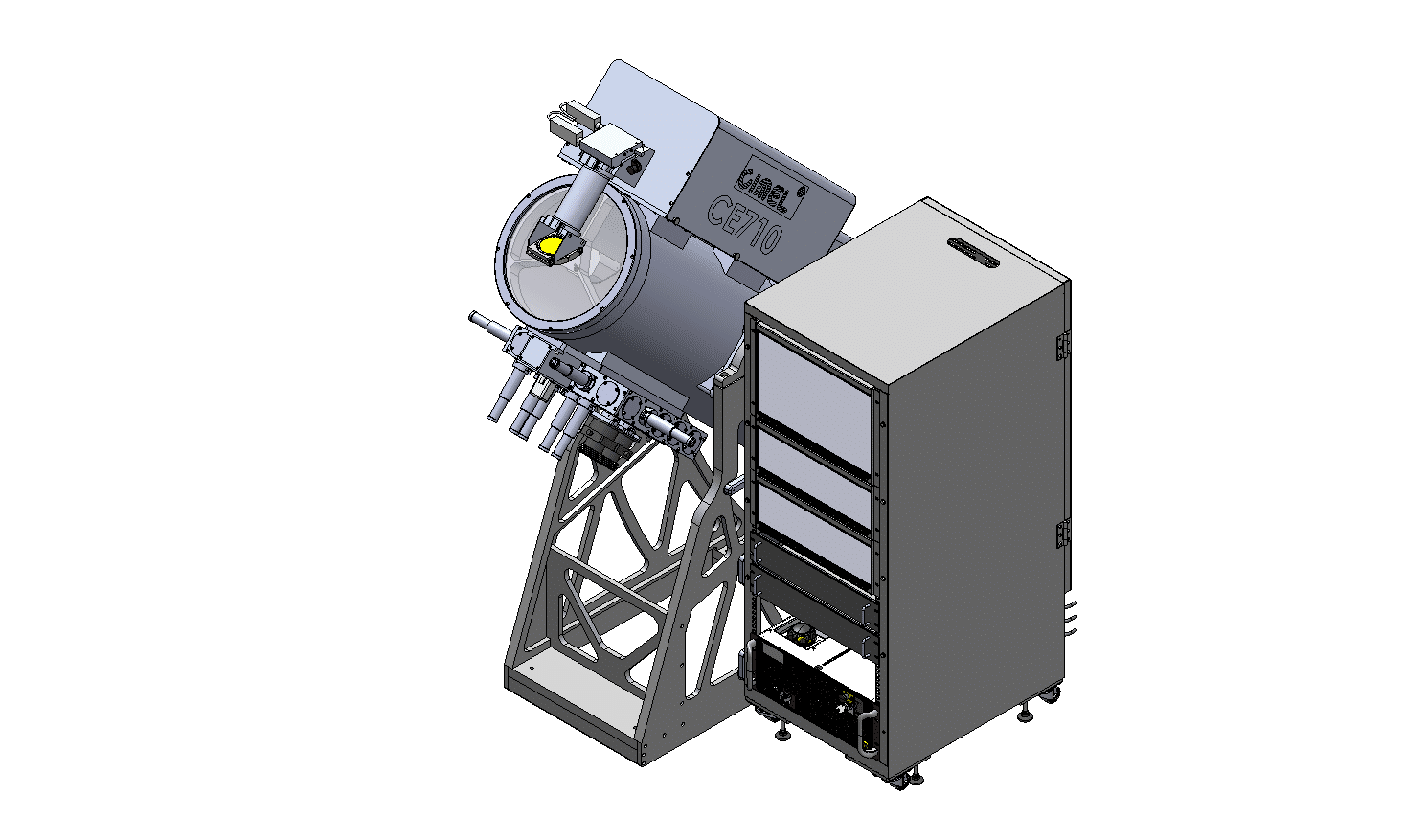
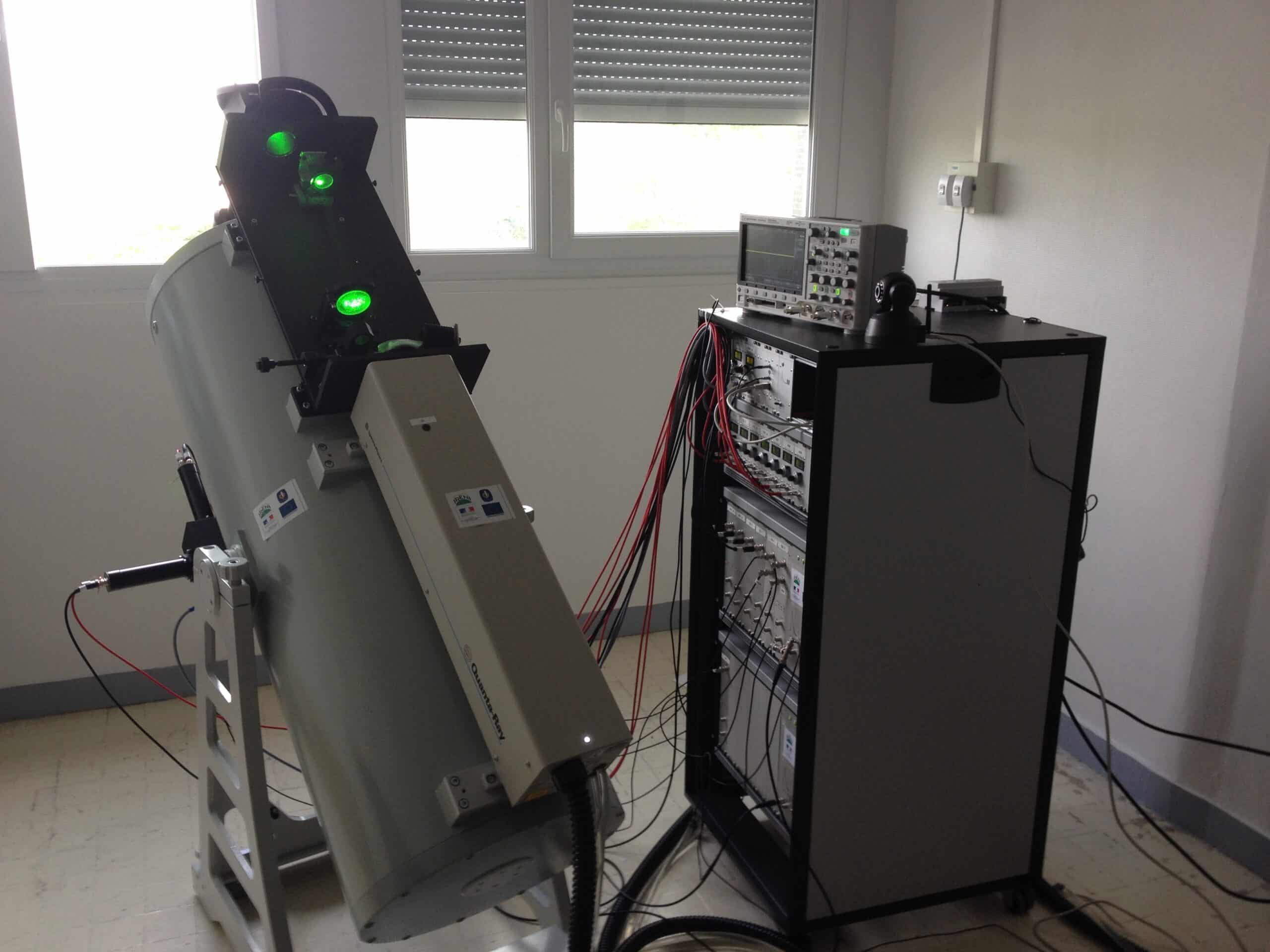
Our ACTRIS (Aerosols, Clouds and Trace gases Research InfraStructure) high-power aerosol LiDAR, born from the collaboration of CIMEL and LOA within the joint laboratory AGORA-Lab, is a sophisticated multi-wavelength Raman LiDAR that measures the aerosol extinction, backscatter fluorescence and depolarization profiles at 355, 532 and 1064 nm.
The CE710 LiDAR is designed for flexibility and upgradeability, offering customizable options for lasers, detection channels, and automation.
It includes all the essential features for users to perform the quality assurance and quality control procedures required for acceptance into ACTRIS.
With its advanced technology and reliable performance, the CE710 LiDAR plays an important role in enhancing our understanding of atmospheric aerosols and their impact on climate and air quality.
Key Benefits
- ACTRIS ready
- Multi-wavelength emission: 355, 532 and 1064 nm.
- Up to 15 detection channels: to profile a wide range of atmospheric parameters, including aerosol backscatter, depolarization, fluorescence, water vapor, trace gases, and temperature.
- Advanced laser technology: Uses diode or flash-lamp pumped Nd:YAG lasers with energy per pulse up to 200 mJ at 355 nm and repetition rate up to 200 Hz.
- Depolarization capability: Measures linear depolarization ratios at multiple wavelengths to distinguish between spherical and non-spherical particles.
- Fluorescence detection: Provides additional vertically resolved information to improve aerosol typing.
- Customizable configurations: The modular design allows adaptation to initial and evolving research objectives.
- Robust and transportable design: Facilitates installation, inside or outside with optional thermal enclosure.
- Data Processing: Includes AUSTRAL software for real-time visualization and interpretation of measurement data.
Package contents
- 1 LiDAR CE710
- 1 License of LiDAR control software on a USB key
Note 1: To be powered by mains.
Note 2: The telescope must be kept at 23 ± 5°C and may be installed within a thermal enclosure (not included).
Related products
Documentation
Published on Sept. 2024
Published on Sept. 2024
Published on Sept. 2024

